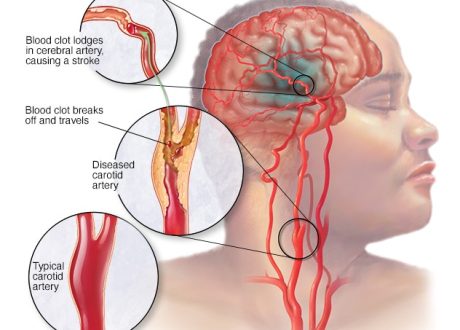February 22, 2024
Written by Michelle Skuba Gray and Ketan Patel
![]()
All patients with infected ureteral stones necessitate a urine culture, antibiotics, and urology consultation in the ED, with the majority requiring admission for surgical intervention. Very few, in consultation with urology, who have small, non-obstructing stones and are otherwise young healthy individuals can be discharged with oral antibiotics and close follow up.
Who you gonna call? Stone busters!
This review uses data from numerous studies and recommendations from the American Urologic Association (AUA) to better characterize a high risk, low prevalence disease process – infected urolithiasis. Emergency Physicians must have a high index of suspicion for this condition and clear understanding of the definitive management (surgery) and the severity of the disease process if left unmanaged. Some research cites up to 30% of patients will develop AKI with an obstructing stone, with up to 20-50% of patients progressing to septic shock. In-hospital mortality of up to 27.3% in patients with UTI and an obstructive process have also been cited.
From presentation at triage, patients presenting with signs and symptoms of UTI and ureteral stones should undergo evaluation with urinalysis, urine culture (AUA Grade B recommendation), basic labs, and CT (AUA strong recommendation). Imaging is important in this population to assist urology in surgical planning.
Patients with confirmed infected stones should receive broad spectrum IV antibiotics, with special consideration to cover gram negatives and urease producing organisms. All patients require urology consultation. If the stone is obstructing, there is a strong recommendation by the AUA for urgent collecting system drainage (i.e. stent or nephrostomy tube placement). Take extreme caution with which patients are being sent home. They should have low risk, non-obstructing stones, appear well, lack significant co-morbidities, and have close follow up ensured.
How will this change my practice?
At this time, I will continue to call urology for all patients presenting with infected urolithiasis and follow their guidance for definitive management. This provides good evidence to continue with special care and caution in this population.
Peer Reviewed by Dr. Ketan Patel
Editor’s note: The symptoms of pyelonephritis and infected ureteral stone overlap. My take home is to have a low threshold to image patients with UTI symptoms and severe flank pain. ~Clay Smith
Source
High risk and low prevalence diseases: Infected urolithiasis. Am J Emerg Med. 2024 Jan;75:137-142. doi: 10.1016/j.ajem.2023.10.049. Epub 2023 Nov 3.










